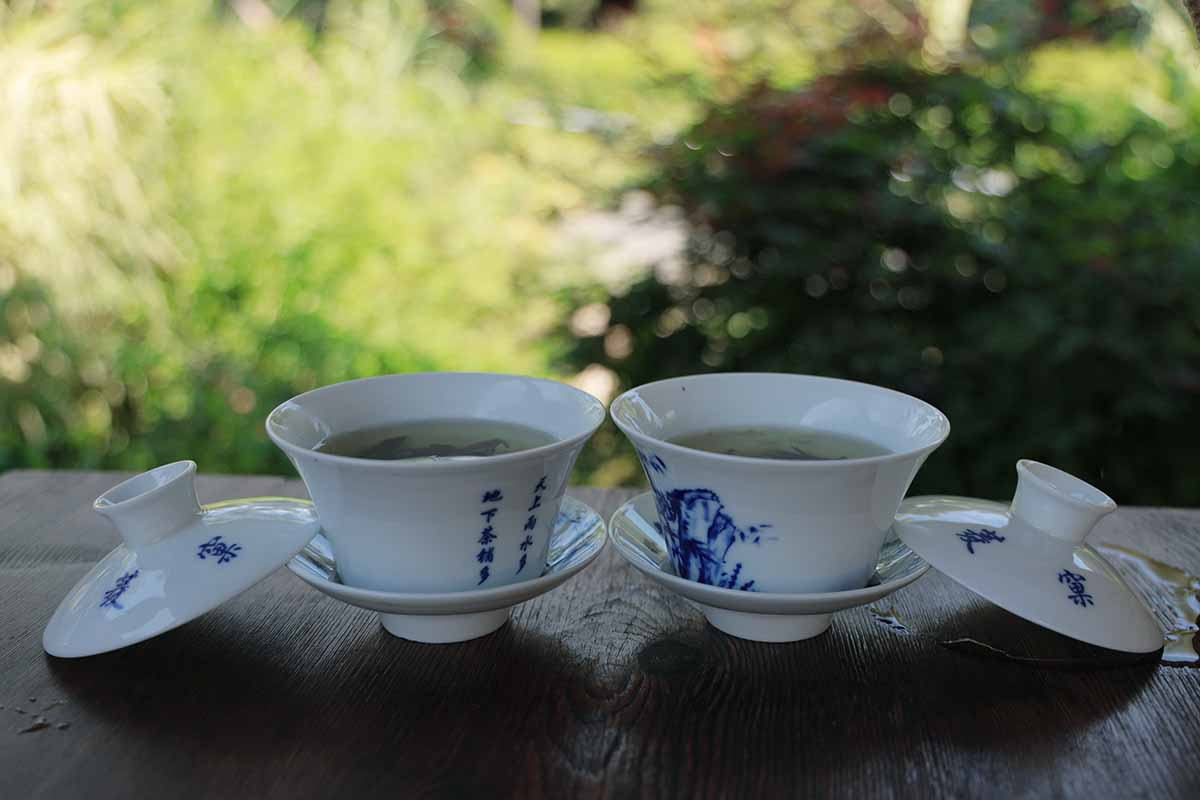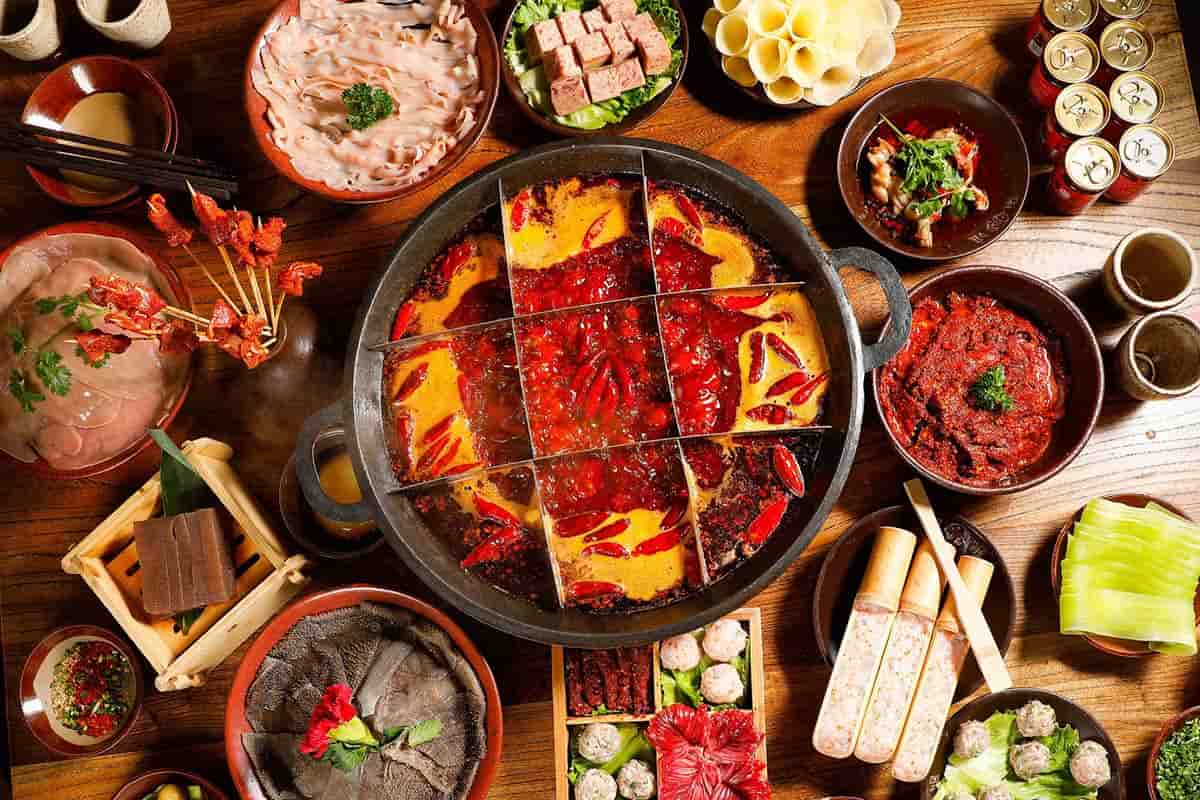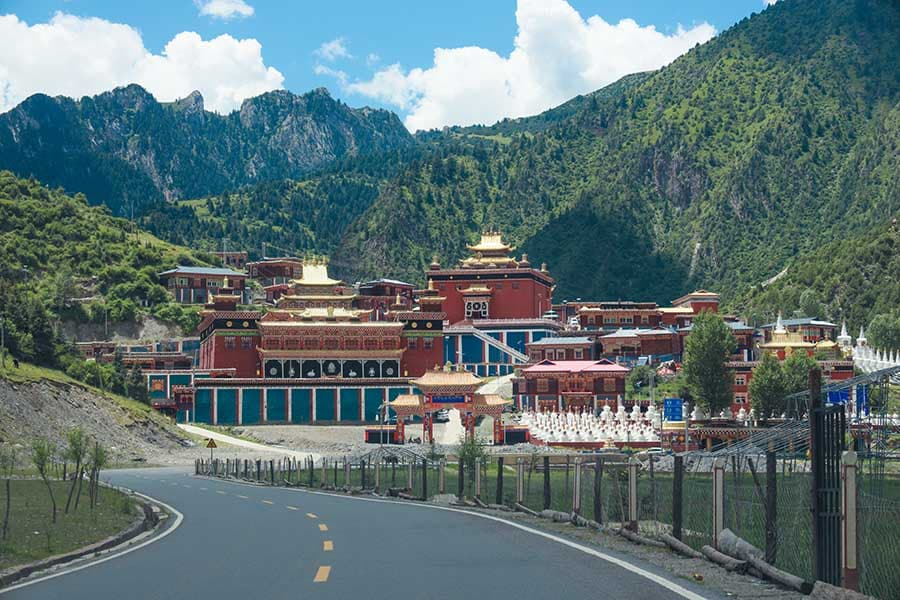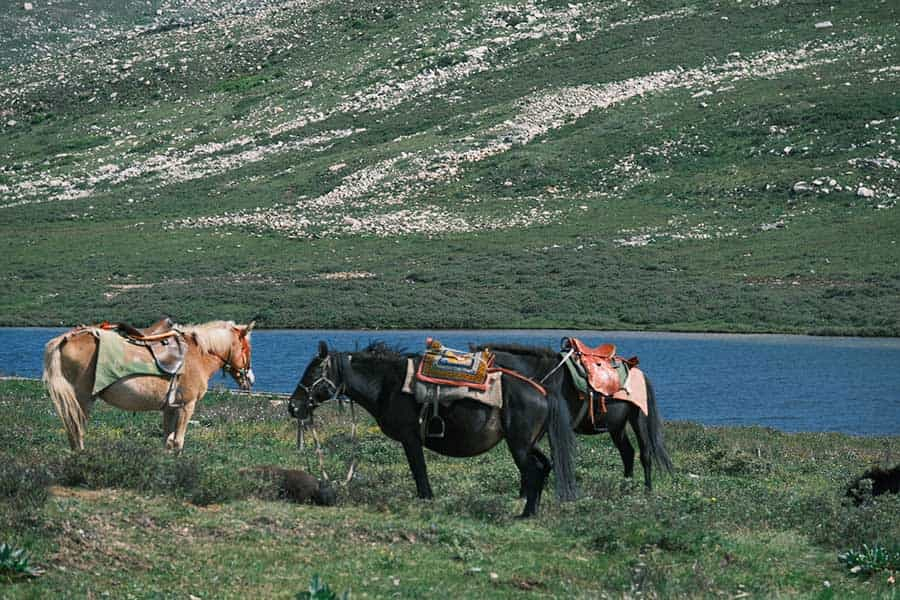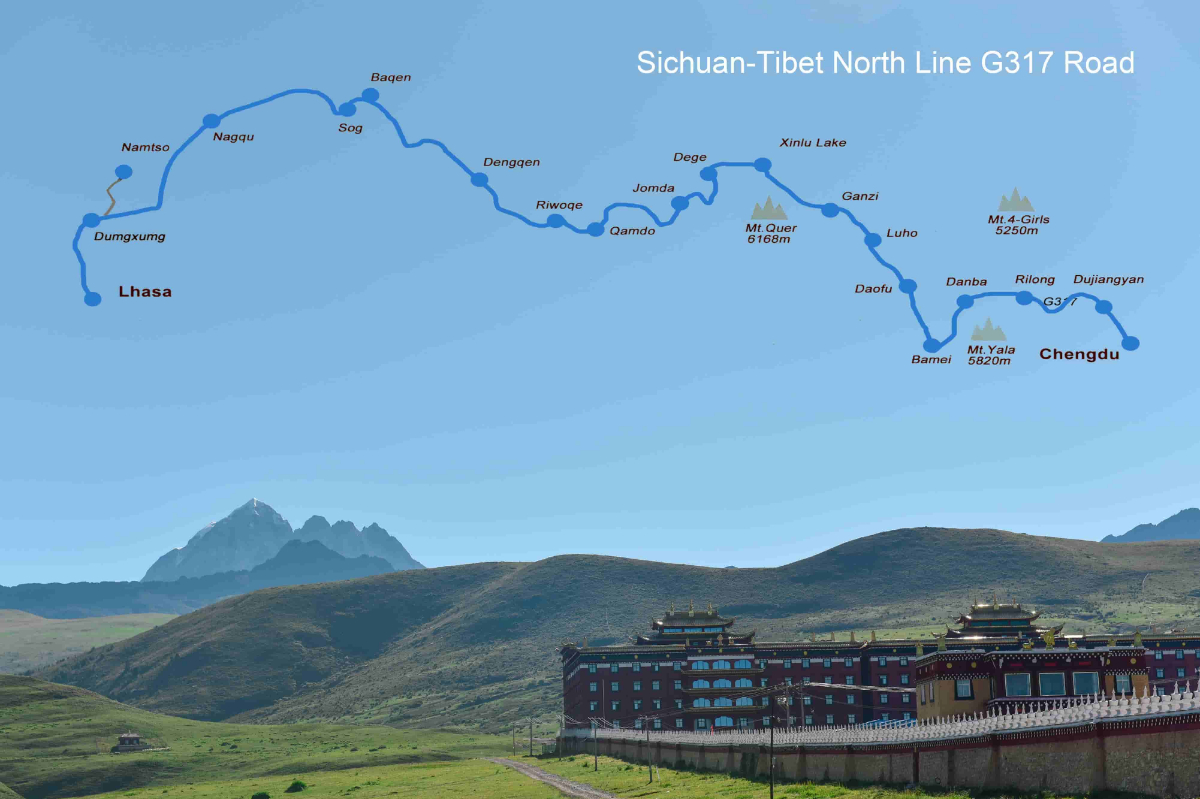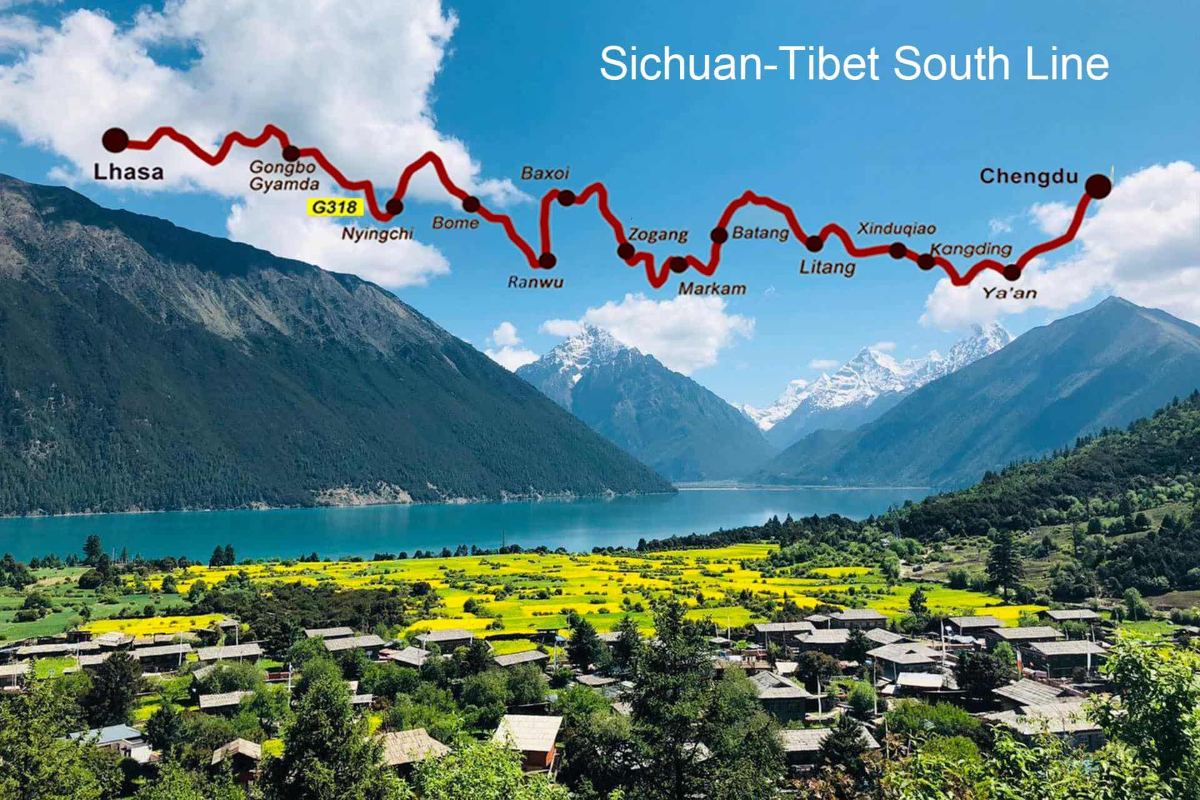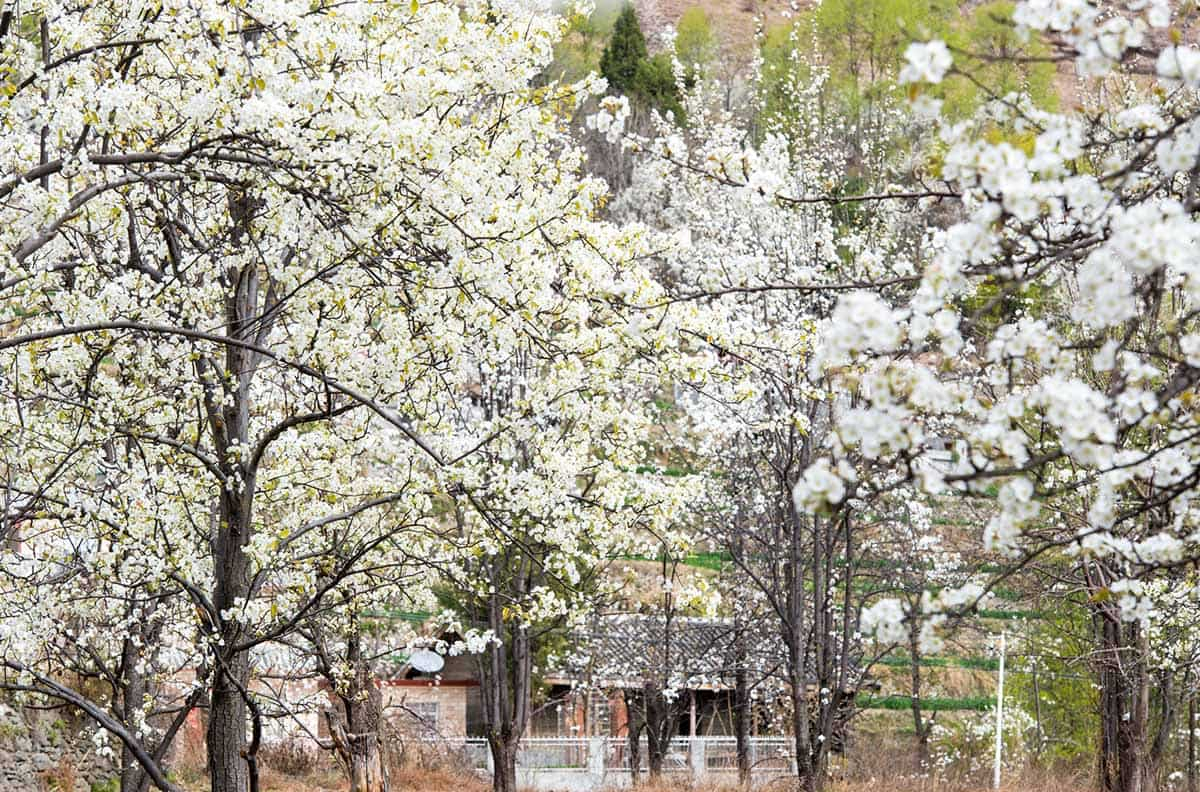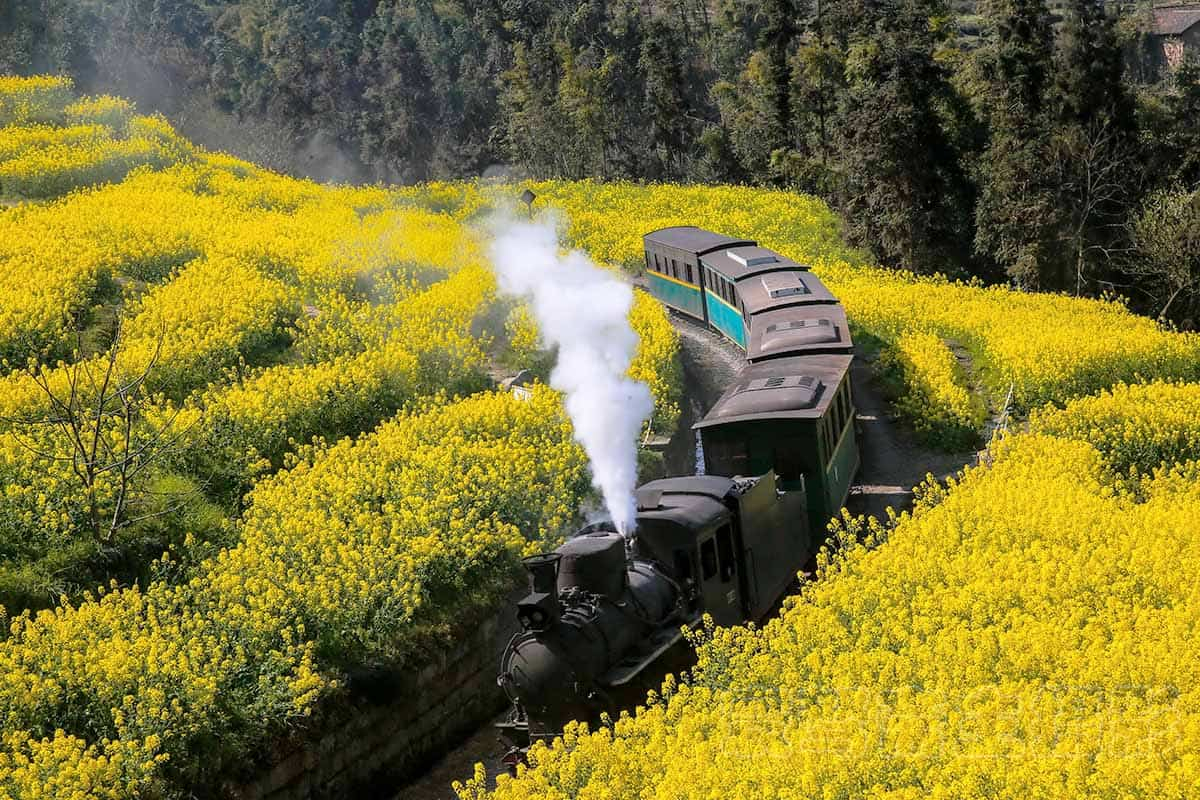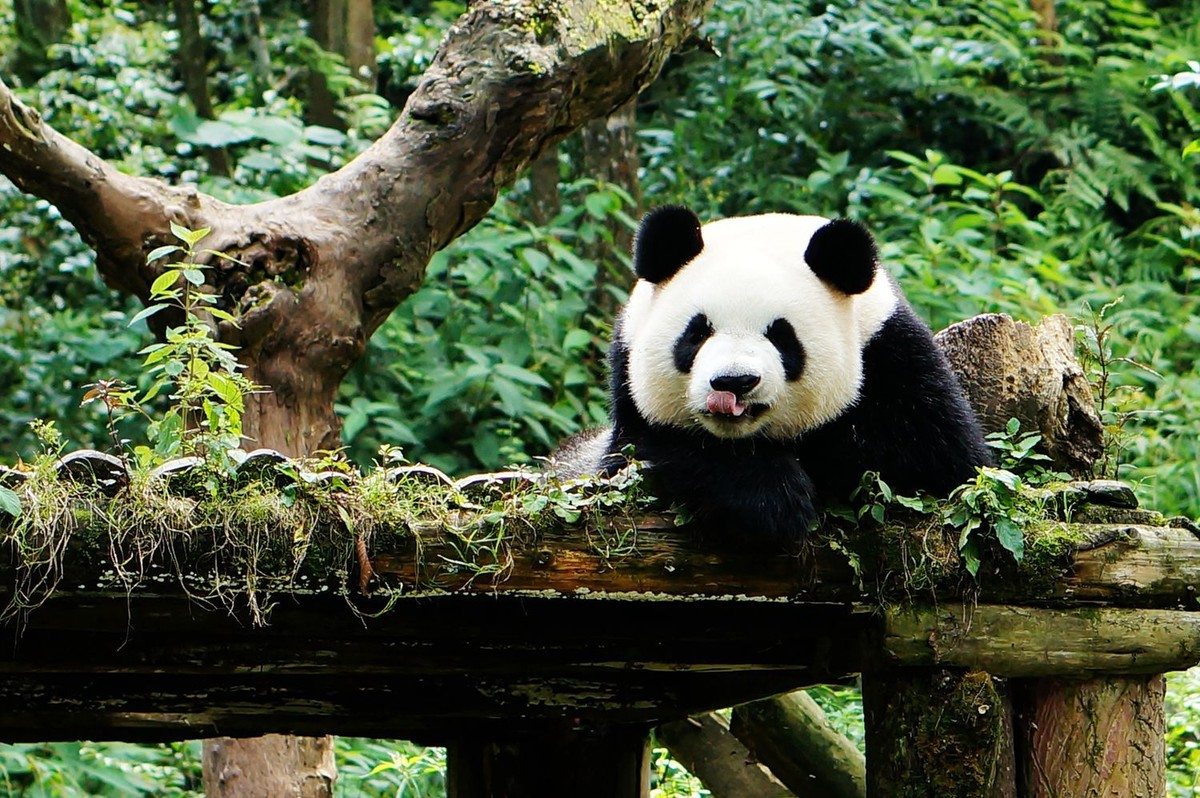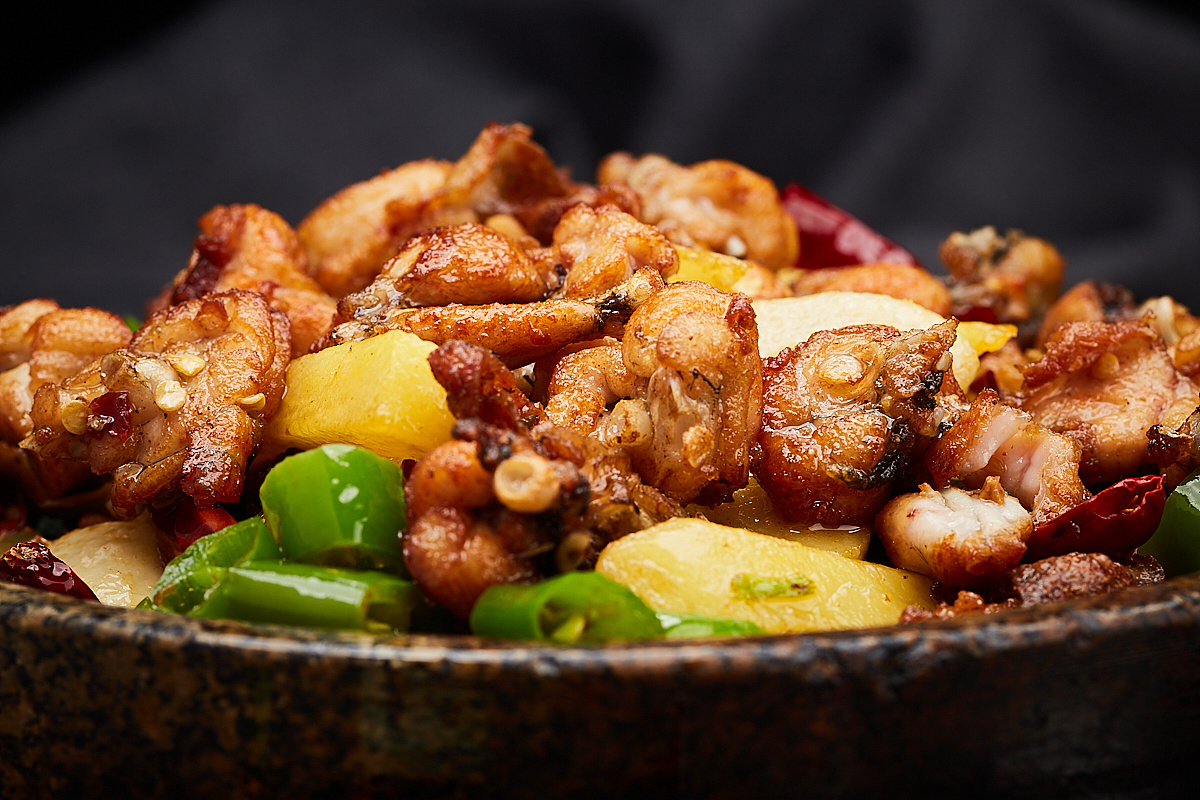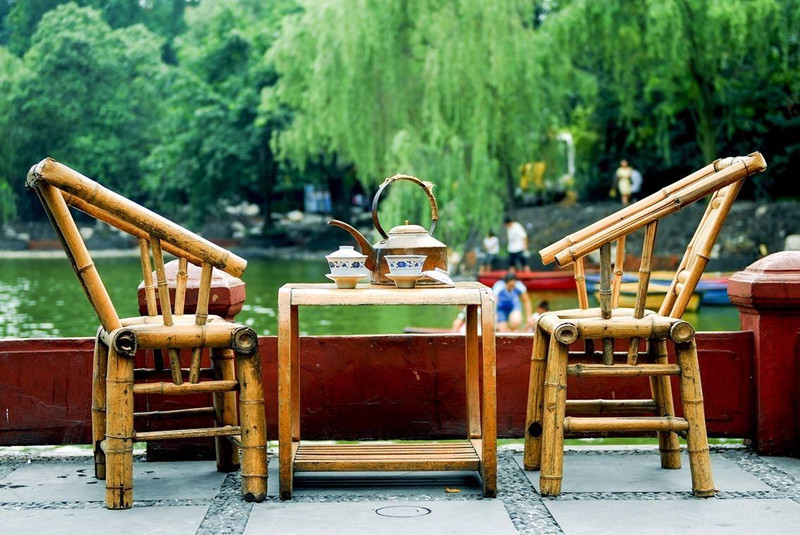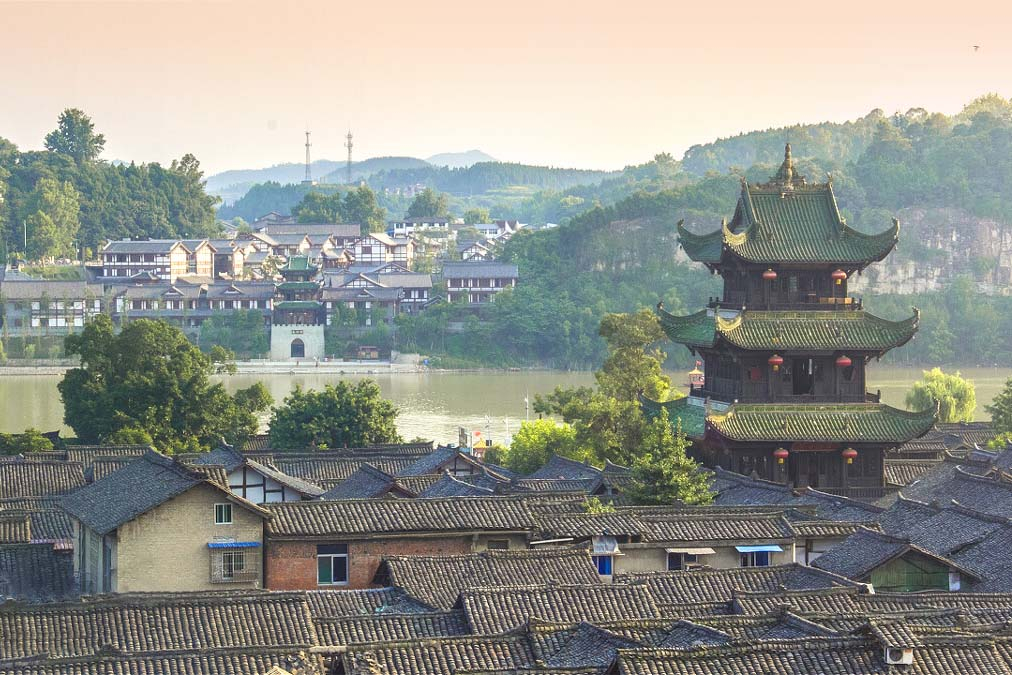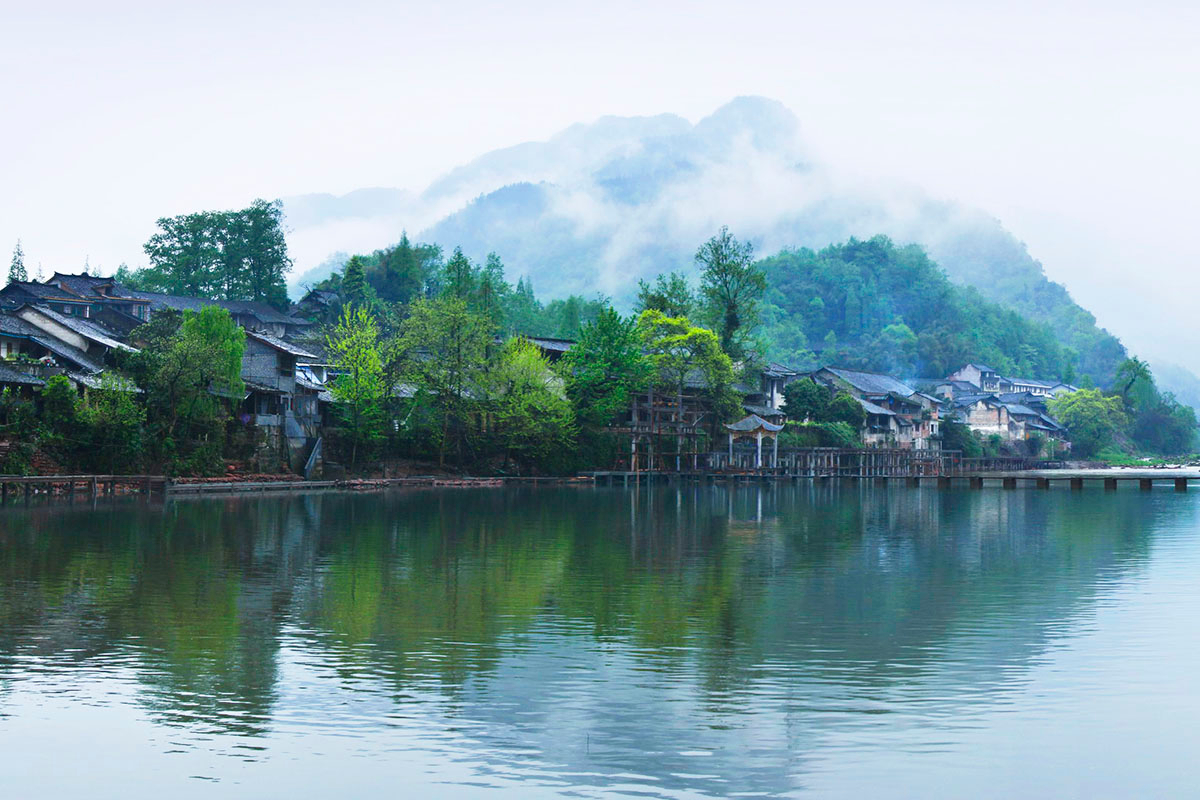Gungan Travel Guide-The hometown of Dengxiaoping
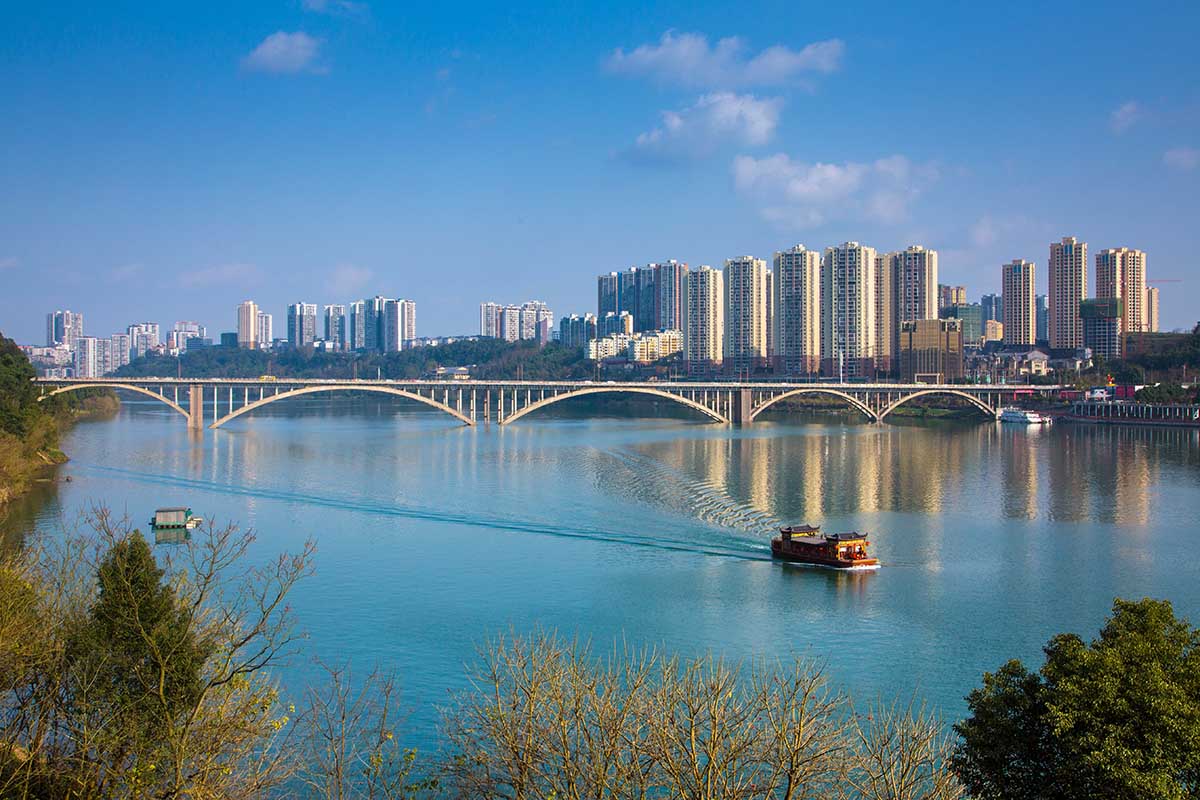
Guang’an is a prefecture level city on the east edge of Sichuan Province. It borders Chongqing Municipality and Dazhou City to its east. It consists of Guang’an City, Huaying City and its neighboring Wusheng County, Yuechi County and Linshui County. Around 3.2 million people live and prosper in this region. Due to its remoteness in Sichuan, Guang’an is a much less explored destination for visitors. It is probably most known to Chinese as the birthplace of Deng Xiaoping, the former leader of China in 1980s, an advocate for Reform and Open Policy. He changed the face of Chinese politics and its relations with rest of the world almost single-handed. Even though Guang’an is not always in the spotlight of tourism industry, it still has much to offer. Its landscape and rich culture still attract visitors from home and abroad.
● Top things to do in Guang'an
● Hiking in Mt.Huaying. Mt. Huaying is probably the most known scenic spot in Guang’an region. 90% of mountain Huaying is covered in dense forests. It is primarily a karst mountain with stone forests standing in different shapes and styles. Elevation of this mountain is from 700-1700 meters. Historically, Huaying mountain and its surrounding areas were territory of the mystic and ancient Ba Kingdom.
● Old residence of Deng Xiaoping in Linshui County was the main reason of visiting Guang’an for many Chinese. Many came to pay homage to this important political figure in China. People believe he was the person who changed the course of modern day China, saving it from endless internal conflicts. Deng was born in this small town and lived 15 years before he set foot on his journey to France where he learned ideology and politic practice of communism and began his revolutionary career. A generation of people’s lives was effected, in a good way, by his policies of reforming the then stagnating economy and opening up China’s huge market to the outside world.
● Baozhensai Fortress 25km away from downtown Wusheng County, in Fangjiagou village, Baozhensai township, lies a fortress complex. It was built in 1911 by the wealthy local family of Duan. The Duan family made this fortress in hope that it could keep their family safe and keep their properties from looting. In many ways it served the purpose just as the famous Hakka circular building complex in Fujian Province. Behind the 6.5 meter tall wall, 108 gates and 8 courtyards were in place to confuse the possible bandits or looting soldiers.
● Yankou Old town is a small but famous old town by the side of Jialing River. It was an important trading port on the upper streams of Jialing River. Its origin dates back to late Ming Dynasty and early Qing Dynasty. Most of buildings from that period were well kept. What makes this tranquil town interesting is its Muslim residents. It has the second largest Muslim population on the reaches of upper and middle section of Jialing river. Mosques and building with distinct Islamic features fit into the backdrop of landscapes on Jialing river banks.
● Corban (gu er bang in Mandarin Chinese) is a traditional festival for Muslin after the holy month of Ramadan. It is surprising to see that at the heart of Sichuan province where majority of population are Han Chinese, Corban is still celebrated. That is due to the Hui ethnics in Wusheng County, Guang’an. Wusheng’s population is dominantly Han, but is is home to, in Sichuan Province, the the second largest aggregation of Hui people, an ancient and Islamified group of people with origins in central Asia. In 17th century, the Qing Dynasty mobilized large number of Hui ethnics from neighbouring Hunan Province to settle in Wusheng. They stayed in this region ever since and brought about their faith and traditions. During Corban which takes place in July, Hui people host events in Mosques to celebrate their most holy festival.
● Guang'an Food&Drinks
The county of Linshui, Guang’an is famous for its orange productions. Lin shui qi cheng (orange from Linshui County) is enlisted as National Geographical Indication Products. Also on the list is Bai shi you (pomelo fruit from Baishi town, Guang’an). This type of pomelo is famous for its fragrance and juicy meat.
Yue chi mi fen (rice noodle from Yuechi County) is a famous delicacy in Yuechi County, Guang’an region. It dates back to 18th century during Qing dynasty. This vermicelli-like food is served in a broth often sided with pork or mutton, some times with intestines and pork blood. It is an affordable and popular everyday dish for locals.
● Guang'an Transportation
There is no airport in Guang’an City. The nearest major airport is the Chongqing Airport (CKG).
It is on the Lanzhou-Chongqing High Speed Railway network.
● Guang'an Weather
Guang’an enjoys a mild, subtropical climate. The hottest month is July and the coldest is January and February. It has a relatively warm climate with generous amount of precipitation, an ideal climate model for developing agriculture.
- HOTEST
- RECOMMEND
